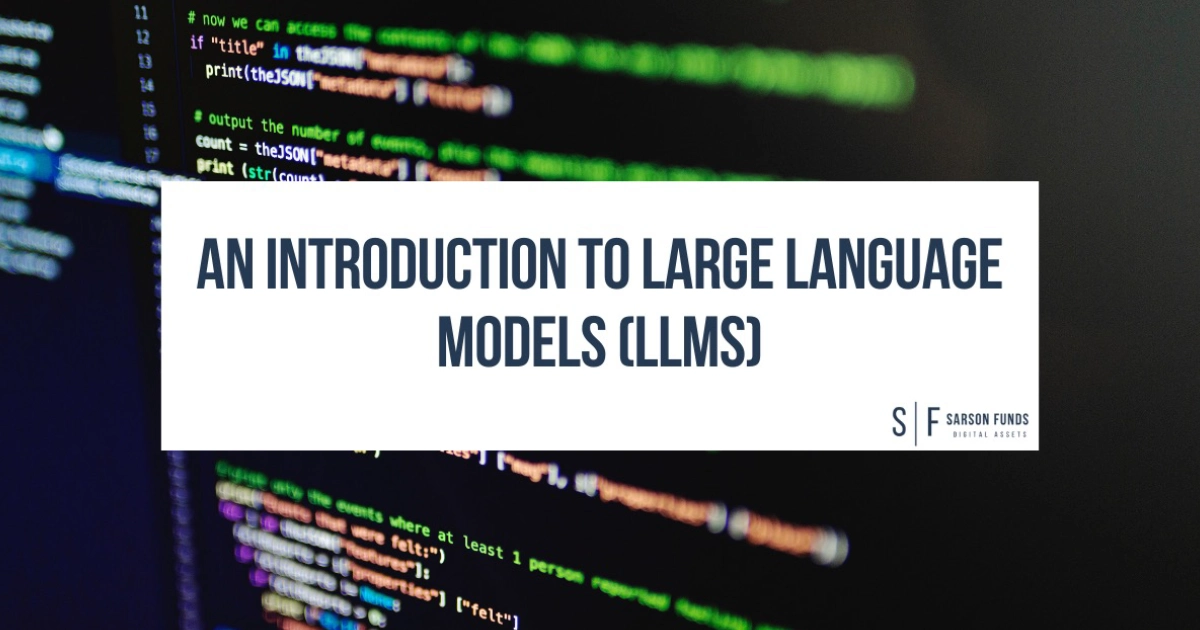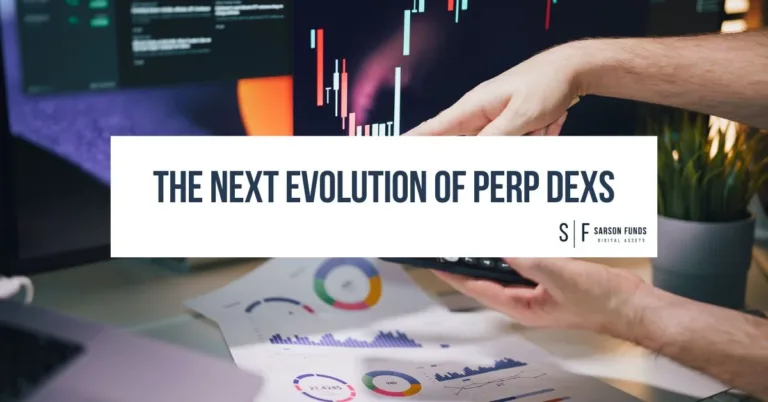
Large Language Models (LLMs) have revolutionized the way artificial intelligence (AI) interacts with human language. These advanced AI systems are designed to understand, generate, and process text with remarkable accuracy, making them indispensable in numerous industries. In this article, we explore what LLMs are, how they work, and their transformative applications.
What Are Large Language Models (LLMs)?
Large Language Models are a type of AI system that leverages deep learning techniques to process and generate human-like text. They are trained on massive datasets consisting of books, articles, websites, and other text sources. This extensive training allows them to comprehend context, syntax, and semantics at an unprecedented scale.
Key Features of LLMs
-
- Scalability: LLMs are characterized by their massive scale, often featuring billions or even trillions of parameters. These parameters enable nuanced understanding and generation of language.
- Adaptability: They can perform a wide range of tasks, including answering questions, writing essays, translating languages, and even assisting with coding.
- Contextual Understanding: LLMs excel at capturing the context of conversations and text, making their responses coherent and relevant.
Examples of Popular LLMs
-
- GPT-4: Developed by OpenAI, it is known for its advanced language capabilities and versatility across various applications.
- DeepseekR1: Open-source model released January 20th this year. It is available to anyone in the world to download, run, and modify for free. It achieved impressive performance on various benchmarks, rivaling OpenAI’s A1 models.
- LLaMA (Large Language Model Meta AI): A family of models developed by Meta, optimized for research purposes.
- PaLM (Pathways Language Model): Google’s advanced LLM designed for multitask learning.
- Claude: Created by Anthropic, this model emphasizes safety and reliability in AI responses.
How Do LLMs Work?
LLMs are built using transformer architecture, a deep learning model introduced in 2017. This architecture processes input text in parallel, identifying relationships between words and phrases to generate accurate and contextually appropriate outputs.
The Training Process
-
- Data Collection: LLMs are trained on diverse text datasets, ensuring exposure to various writing styles and topics.
- Tokenization: Text is broken down into smaller units called tokens, such as words or subwords.
- Learning Patterns: The model learns patterns and relationships between tokens by predicting the next token in a sequence during training.
- Fine-Tuning: After initial training, LLMs can be fine-tuned on specific datasets to specialize in certain tasks or industries.
Prompt Engineering: A Key Interaction Technique
Prompt engineering is a technique used to optimize the inputs given to LLMs to achieve desired outcomes. By crafting precise and contextually rich prompts, users can guide the model to generate more accurate and relevant responses. For instance:
-
- Clear Instructions: Including detailed and unambiguous instructions in the prompt.
- Examples: Providing examples of the desired output format to set expectations.
- Iterative Refinement: Adjusting prompts based on the model’s responses to improve results.
Prompt engineering is particularly valuable in applications where precision and specificity are crucial, such as coding assistance or technical writing.
Applications of LLMs
The versatility of LLMs has led to their adoption in numerous domains:
-
- Customer Support
Businesses use LLMs to power chatbots and virtual assistants, providing quick and accurate responses to customer inquiries.
-
- Content Creation
LLMs assist in generating blog posts, marketing copy, and even creative writing, saving time and enhancing productivity.
-
- Language Translation
Platforms like Google Translate use LLMs to deliver accurate translations across multiple languages, bridging communication gaps.
-
- Software Development
Developers leverage LLMs for coding assistance, such as generating code snippets, debugging, and providing documentation.
-
- Education and Research
LLMs serve as virtual tutors and research assistants, explaining complex concepts and summarizing academic papers.
Advantages of LLMs
-
- Efficiency: They automate tasks that would otherwise require significant human effort.
- Scalability: LLMs can handle vast amounts of data and multiple tasks simultaneously.
- Accessibility: They make advanced AI capabilities available to individuals and businesses alike.
Challenges and Limitations
While LLMs are powerful, they come with challenges:
-
- Bias: Models may inherit biases present in their training data.
- Resource Intensive: Training and running LLMs require significant computational resources.
- Ethical Concerns: Misuse of LLMs, such as generating fake news, poses ethical dilemmas.
The Future of LLMs
As research advances, LLMs are expected to become even more efficient, ethical, and specialized. Their role in transforming industries like healthcare, education, and entertainment will likely continue to grow.
Conclusion
Large Language Models represent a significant leap in AI capabilities, bridging the gap between machines and human language. Their ability to understand and generate text with precision has unlocked new possibilities across various fields. As their adoption continues to expand, LLMs are shaping the future of technology and communication.
Disclosures: Sarson Funds, Inc. is a third-party marketing company and does not directly manage assets or provide investment advice. This information is for educational purposes only and is not intended as investment advice. It is recommended to consult a professional financial advisor before making any investment decisions. Past performance does not indicate future results. The opinions expressed here are solely those of the authors. Therefore, please consult with an investment advisor before making any investment decisions or have them contact Sarson Funds directly at [email protected].









